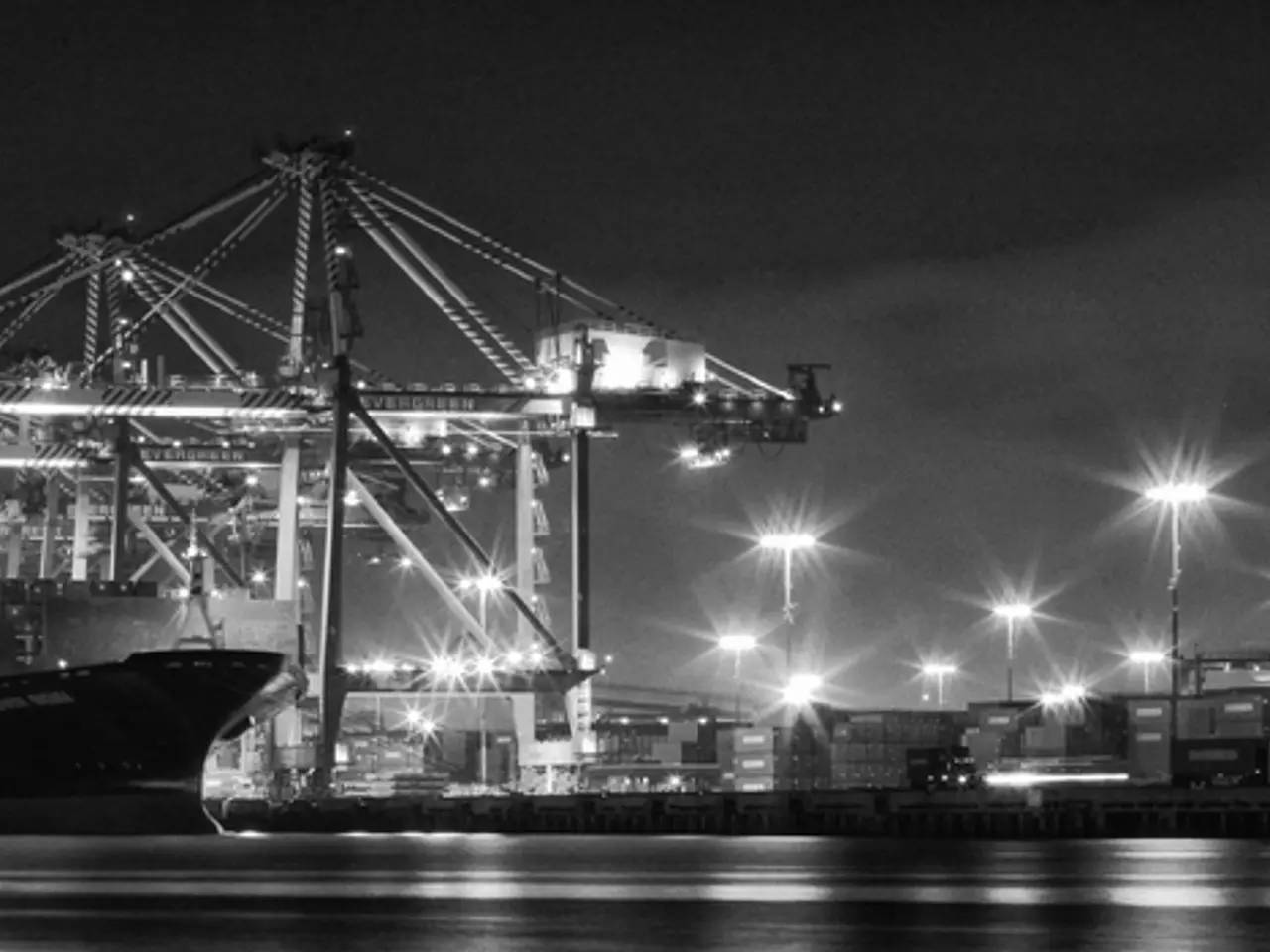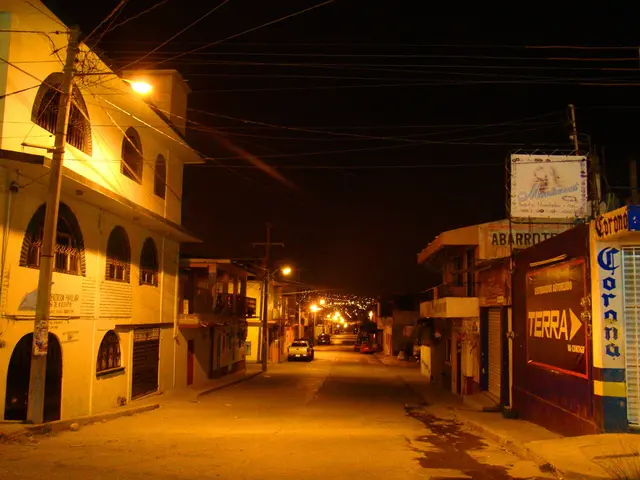Decarbonization drive in Singapore is being spearheaded by electric watercrafts
In a significant step towards a greener maritime sector, Singapore has launched its first fully electric ferry service in April 2023, marking a new chapter in its renewable energy journey. This milestone was followed by the launch of its first fully electric cargo vessel later in the year.
The trial for the electric ferry service is jointly operated by Pyxis Energy, Pyxis Maritime, and SP Mobility. Pyxis Energy, a key player in this initiative, aims to launch over 100 electric vessels across the Asia Pacific by 2030.
Recently, Pyxis Energy unveiled its new X Tron electric harbor craft, one of 11 designs shortlisted by the Maritime and Port Authority of Singapore (MPA) for further development. Pyxis One, the flagship line of the X Tron, is capable of saving up to 120 kilograms of carbon emissions per hour compared to an equivalent diesel vessel.
The MPA, recognising the importance of transitioning the maritime sector to renewable energy, has mandated that all harbor craft built from 2030 onwards must be fully electric, capable of using B100 biofuel or compatible with clean fuels such as hydrogen.
To support this mandate, the MPA is working with partners to establish a supply chain for zero-carbon fuels like green ammonia, hydrogen, and methanol. The inaugural trial of ammonia as a marine fuel occurred in March this year, on board a Singapore-flagged vessel operated by Fortescue.
Singapore's push towards renewable energy is necessitated by its heavy reliance on natural gas, a fossil fuel, for its energy needs. Natural gas constitutes 94.3% of the city-state's energy mix. However, geographical constraints limit Singapore's ventures into alternative energies such as nuclear and low-carbon hydrogen.
The global shipping industry emits around 1 billion tons of carbon dioxide a year, amounting to about 3% of overall emissions. As the world's largest refueling hub for shipping and the world's top maritime center for the tenth year running in 2023, Singapore's transition to electric vessels is likely to have a significant impact on reducing carbon emissions in the industry.
In addition to Pyxis Energy, companies like ST Engineering and Nanyang Technological University (NTU) are also working on developing electric passenger boats in Singapore. The MPA's pilot trial for an electric harbor craft charging point, located at Marina South Pier, features a 150-kilowatt charger with a battery capacity of 500 kilowatt-hours.
Development talks with Seatrium O&G and Yinson Electric remain ongoing, indicating a collaborative effort to transition Singapore's maritime sector towards a more sustainable future. Sinay, a maritime data firm, is also likely to play a role in this transition, providing valuable insights and data to guide decision-making.
The trial at Marina South Pier is the first of three awarded by the MPA under a call for proposal for electric vessel charging concepts, signalling a commitment to a greener future for Singapore's maritime industry.
Read also:
- Electric-powered vessels take to the waters of Maine
- Fragrance imports from Kaş might have been among Europe's earliest bottles discovered.
- Tech mogul Erik Bergman, founder of Great.com, contributes a million dollars to clean water initiatives in Africa.
- Transformed landscape governing intelligent electrical systems








